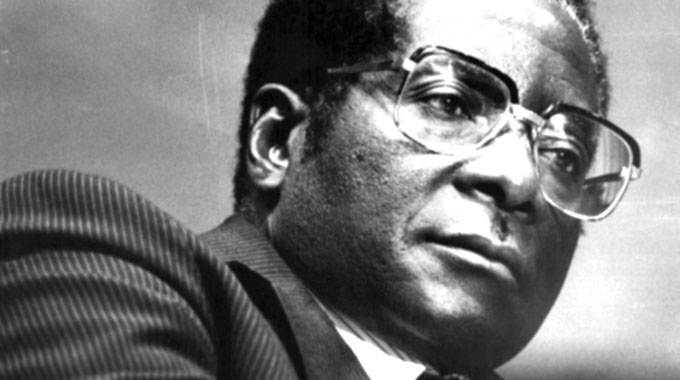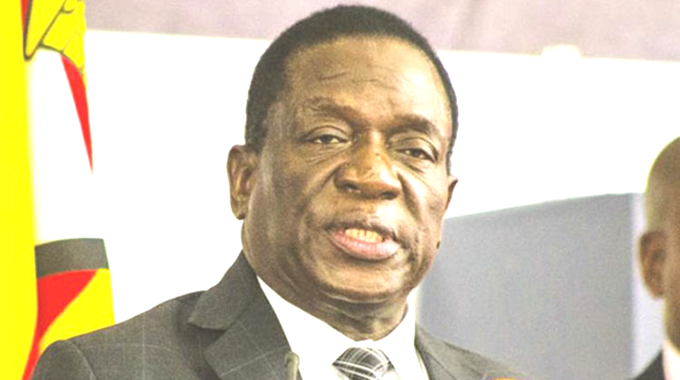Typewriter firms hard at work converting $ signs
The Rhodesia Herald
2 February 1970
THE dollar sign does not appear on many typewriters in Rhodesia and mechanics are at work converting machines.
Often they put the sign 1/8 / 7/8 which 99 percent of typists never use, but some girls want their dollar signs elsewhere.
Mr John Towland, a director of a typewriter firm in Salisbury, says the supply of the $ signs in both keys and type is scarce.
The difficulty was getting the type from overseas. There are no problems about currency allocations and the Government has been more than generous, he says.
Mr Towland says the old type has to be taken off by applying heat, the new one soldered into place and apart from labour the costs are about five shillings for a key top and 12 shillings, six pence for the new type.
One of the problems is combinations.
“We recommend the $ sign to be placed on the top line of the keyboard above the 4 and replacing the @ sign.
“Some typists prefer it over the 1 sign replacing the *, but quite a lot of typists can be a bit difficult and want their $ sign in unusual places”.
Mr Towland says the problem is getting the type with the combinations to suit everyone’s taste, which means carrying a lot of type and keys in stock.
An Italian-born typewriter mechanic said that type was no problem but the keys were. Usually they gave the typists the $ sign with an exclamation mark above it.
The work involved not only the fitting of the keys but the type has to be re-soldered and aligned. It is believed that half of all typewriters in Salisbury have now been fitted with dollar signs.
LESSONS FOR TODAY
On February 17, 1970 Rhodesia adopted the decimal currency used in former British colonies like the United States of America, Canada, Australia and New Zealand. This is the political economy of the Rhodesian dollar, now the Zimbabwe dollar.
The transition from the pound (£) sterling, shilling (s) and pence (p) currency regime to the decimal currency required lots of preparation. Even end users had to be psychologically and socially prepared and trained to accept the new currency.
Change though necessary in some instances can be very expensive. The Smith regime discovered that all typewriters and other machines had to have the $ sign. This means that commerce, industry and Government spent a lot of money incorporating that change before February 17, 1970. Since Rhodesia was under sanctions, options of buying new typewriters were limited.
When Rhodesia adopted the decimal system, it was not limited to currency, but included distance, height, width and depth. They were also changed. For distances: miles, yards, feet and inches became kilometres, metres, centimetres and millimetres. Volumes changed from gallons to litres and millilitres, etc.
Today’s electronic gadgets incorporate these unforeseen changes of the 1960s and 1970s.







Comments